Corrugated
Corrugated
What is Corrugated?
Corrugated refers to a type of material used in packaging. It consists of a fluted sheet sandwiched between two flat linerboards. This structure makes it strong and durable.
Types of Corrugated Material
There are different types of corrugated material. Single-wall corrugated is the most common. Double-wall and triple-wall corrugated offer extra strength for heavy items.
Benefits of Corrugated Packaging
Corrugated packaging has many benefits. It is lightweight yet strong. It provides excellent protection for products during shipping. It is also recyclable, making it eco-friendly.
Common Uses of Corrugated Packaging
Corrugated packaging is used in many industries. It is ideal for shipping boxes, retail displays, and protective packaging. It is also used for custom packaging solutions.
Why Choose Corrugated?
Choosing corrugated packaging is a smart choice. It is cost-effective and versatile. It can be customized to fit specific needs. Its strength and durability ensure products arrive safely.
Blog Posts with the term: Corrugated
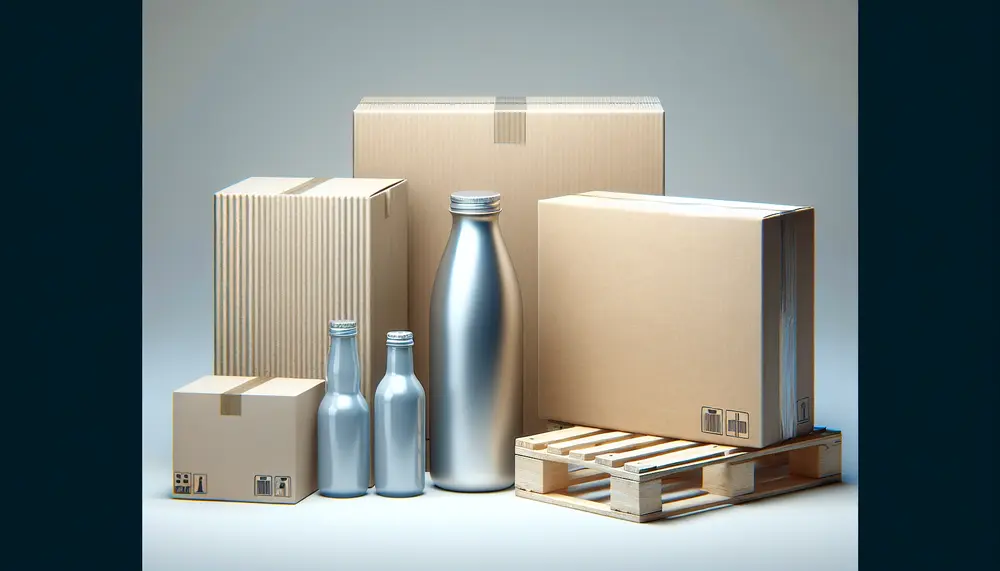
Packaging levels refer to the layers of packaging used from production to consumer, including primary (direct product contact), secondary (grouping and branding), and tertiary (bulk handling). Each level serves distinct purposes in protection, marketing, transportation, and regulatory compliance....
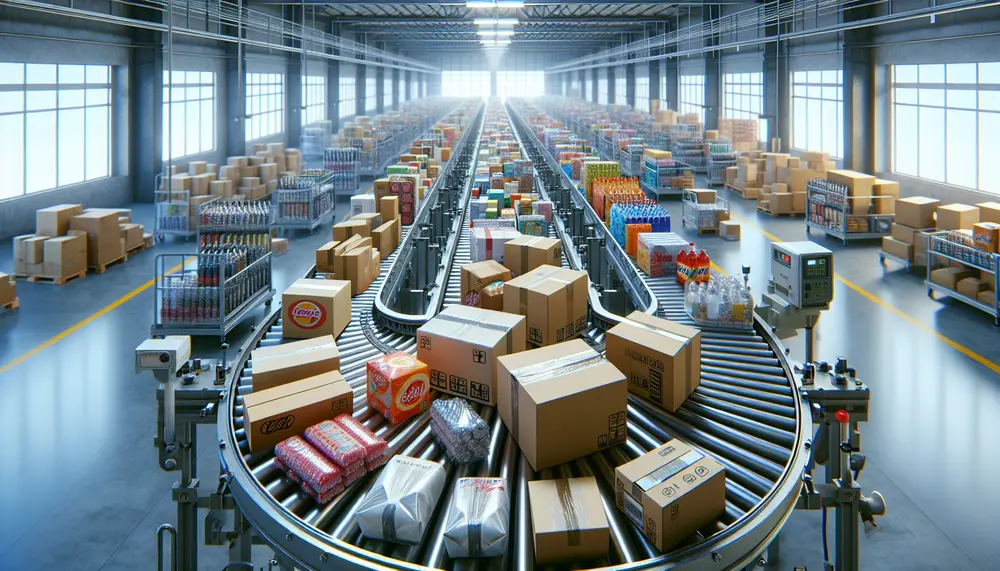
The Kenyan packaging market is valued at around $585 million, driven by sectors like agriculture and manufacturing which contribute to the GDP; growth in consumer demand has led to innovations such as small affordable packages and a shift towards sustainable...
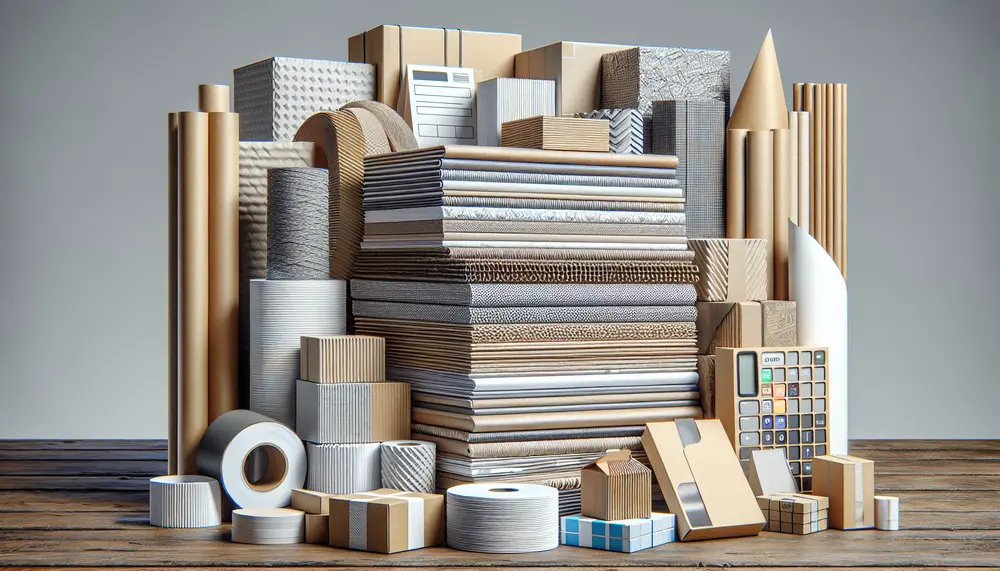
Duplex paper is a two-layered packaging material known for its printability and structural integrity, widely used across industries due to its visual appeal and sturdiness. It's also eco-friendly, being recyclable and often made from sustainable sources. Advancements in duplex paper manufacturing...
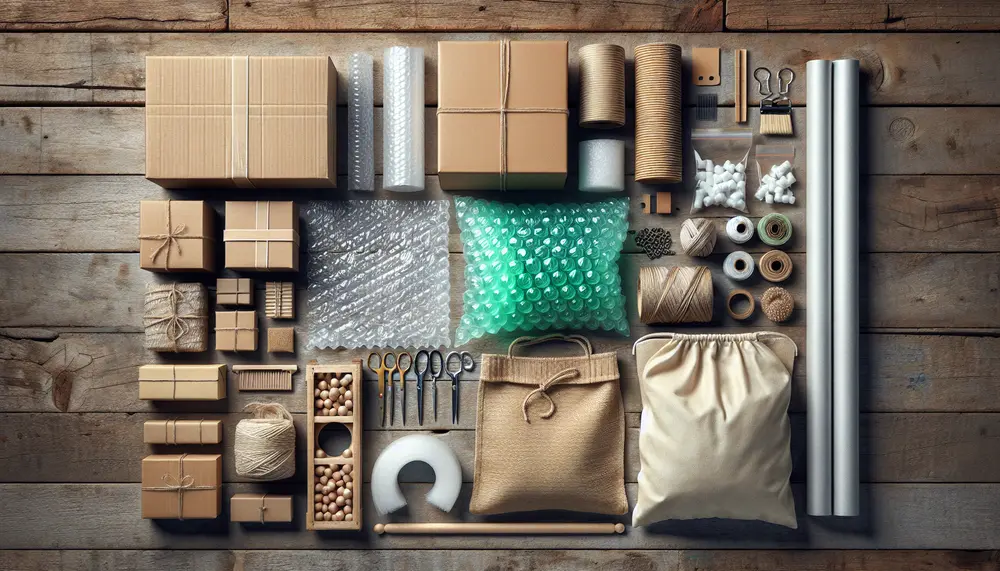
Packaging materials range from traditional paper and glass to modern bioplastics, each with unique properties affecting product safety, cost-effectiveness, and environmental impact. Selecting the right packaging is crucial for brand identity, customer satisfaction, and sustainability; factors like protection needs, branding...
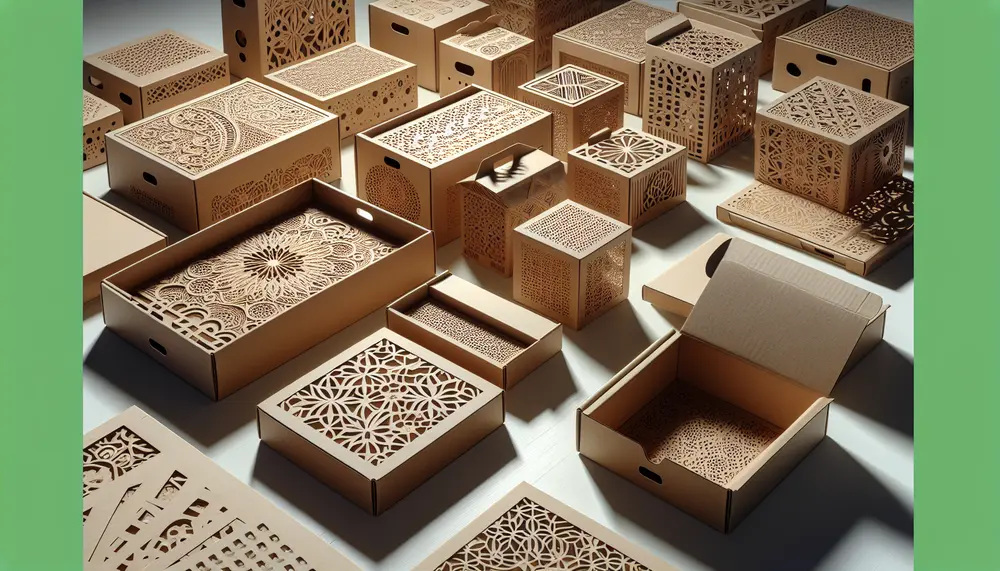
Perforation in packaging design is a critical element that enhances product breathability, user access, and maintains integrity during transport. It requires careful consideration of material properties and precise techniques to ensure functionality without compromising quality. The role of perforation extends to...
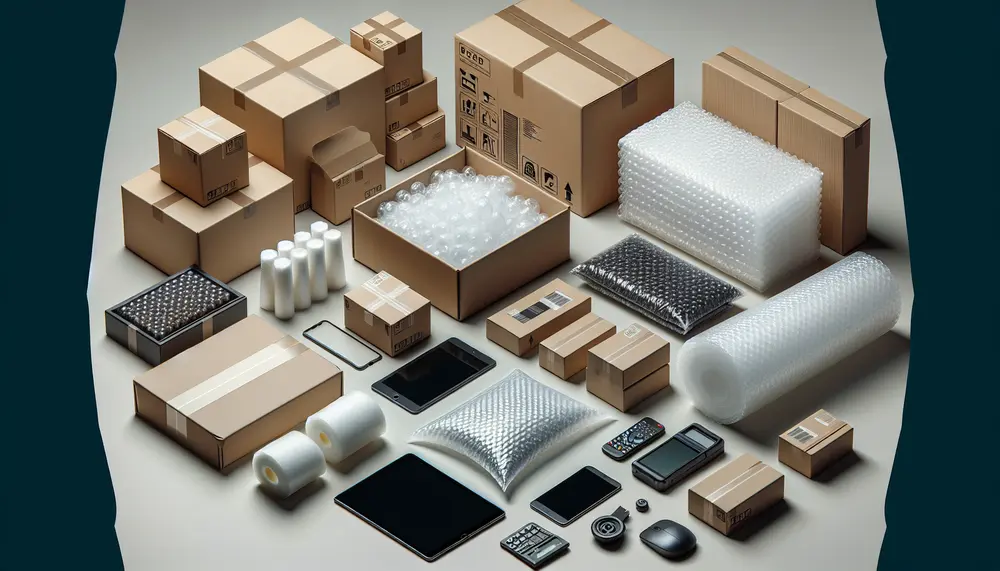
Effective electronic packaging is essential for protecting devices during transport and storage, impacting customer satisfaction and brand reputation. A guide to materials like plastic cushioning, thermoformed plastics, shielding bags, foams, and desiccants helps in selecting the right protection based on...
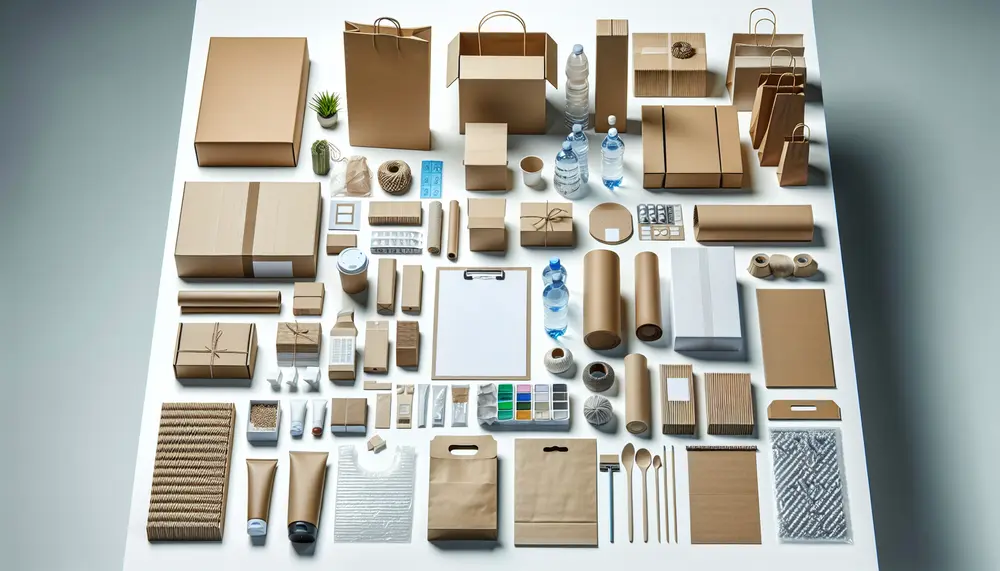
The Packaging Corporation of America (PCA) is a leader in innovative packaging solutions, enhancing brand recognition and sustainability with advanced designs and materials. PCA's custom-engineered options cater to diverse industries, integrating technology for efficiency and quality assurance while focusing on...
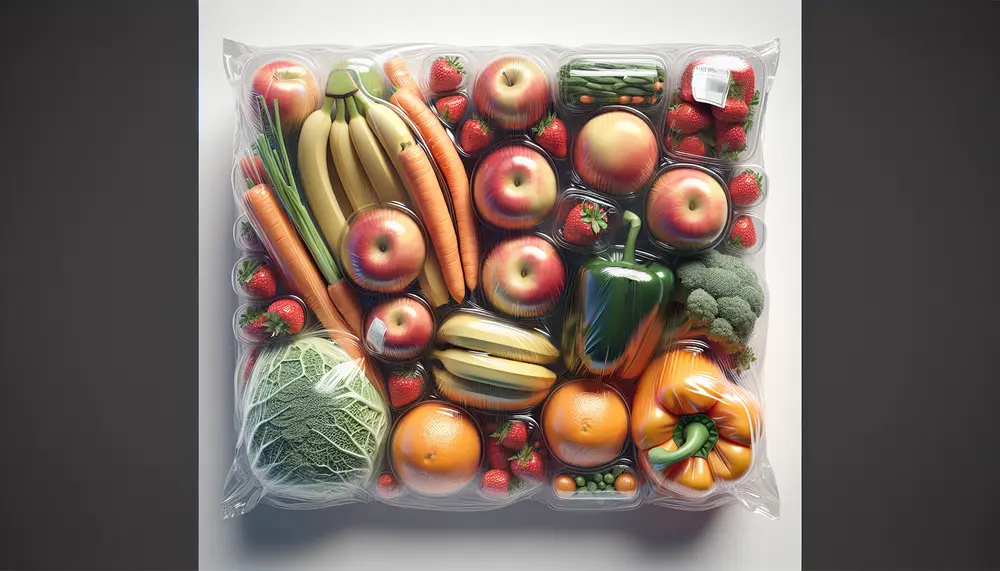
Packaging for fruits and vegetables is crucial in ensuring produce reaches consumers fresh, extends shelf life by controlling moisture and airflow, protects from contaminants, and maintains hygiene. The choice of packaging materials like corrugated boxes or breathable bags depends on...
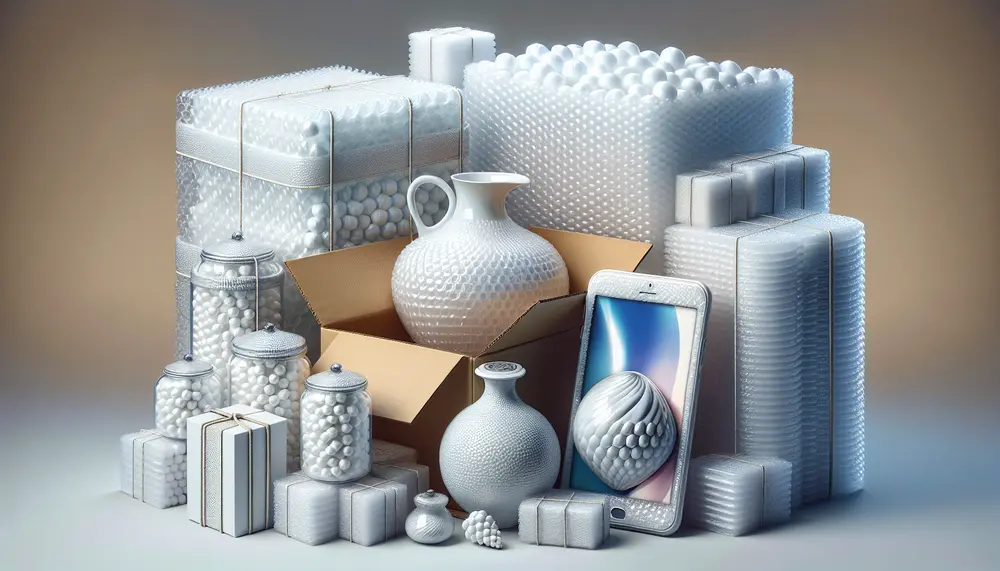
Protective packaging involves materials and methods to safeguard products from damage during shipping, handling, and storage. It is crucial for maintaining product integrity, reducing costs associated with returns and replacements, ensuring compliance with regulations, protecting against environmental factors, enhancing customer...

The pharmaceutical packaging HS code is essential for global trade, ensuring regulatory compliance, accurate tariff calculations, and efficient customs clearance. Understanding and correctly using the HS code helps businesses avoid delays, fines, and ensures smooth international operations by accurately classifying...
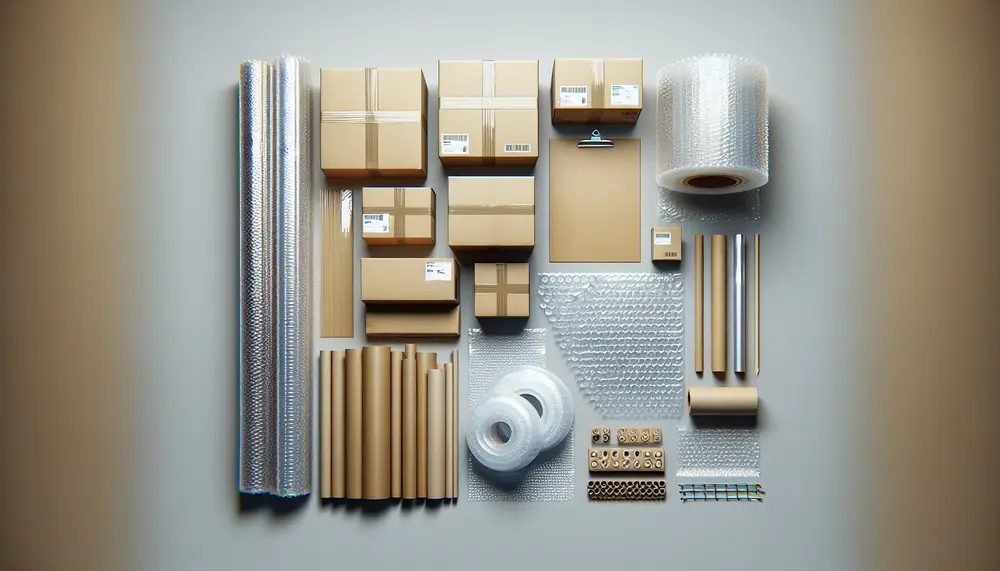
Packaging hazards pose risks to product safety during transportation and storage, stemming from physical damage, environmental conditions, and human error; addressing these requires a comprehensive design strategy. Shipping hazards are categorized into shock damage, vibrations, compression forces, and atmospheric conditions;...
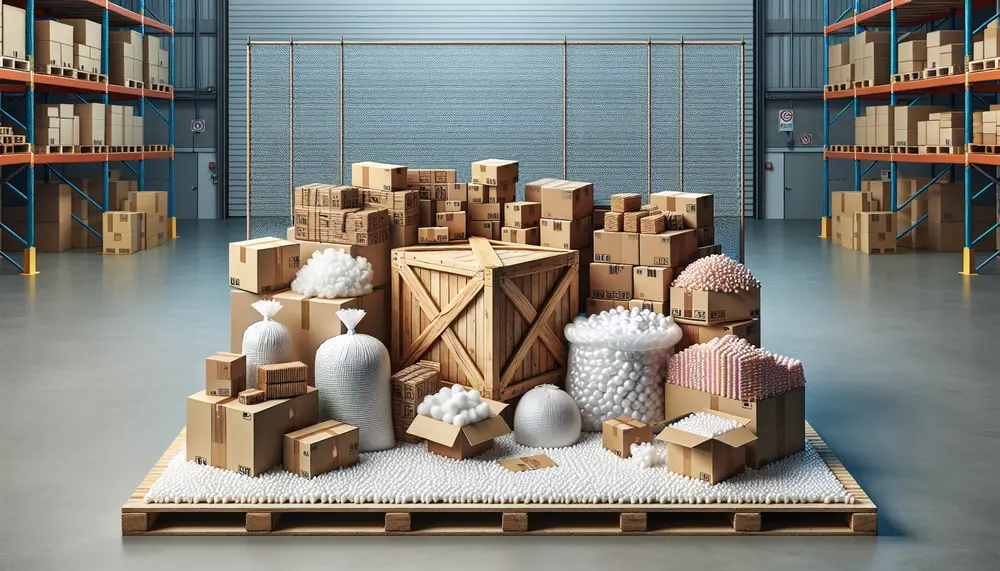
Packaging and packing are distinct processes in goods transportation; packaging focuses on product protection and presentation, involving design for brand identity, while packing is about enclosing products for safe distribution. Primary, secondary, and tertiary packaging provide different levels of protection...
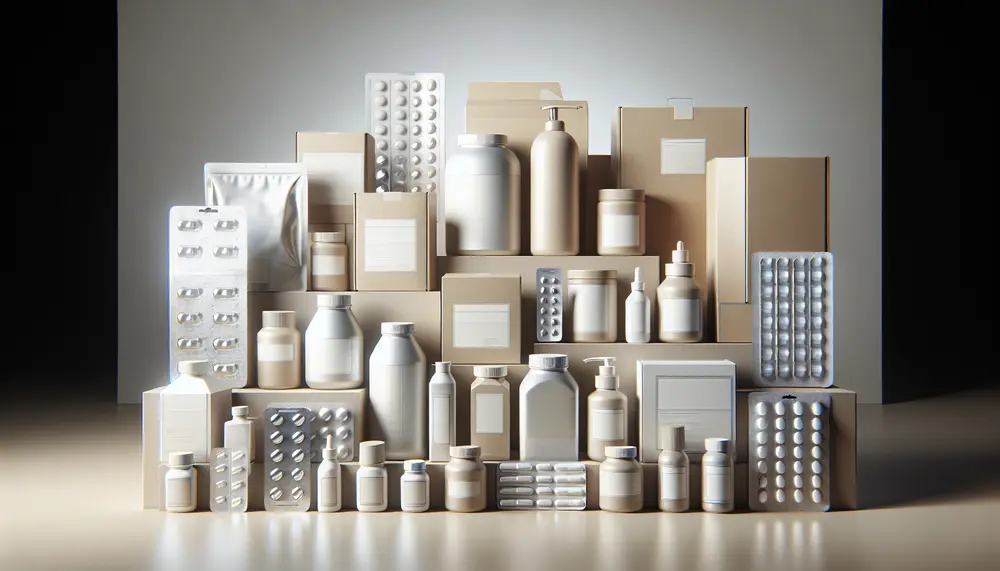
Pharmaceutical packaging and design are essential for ensuring medication safety, efficacy, and patient compliance. Effective packaging involves understanding regulatory requirements, material science, and user needs while providing protection, information, identification, convenience, and adherence to treatment plans; it must also comply...
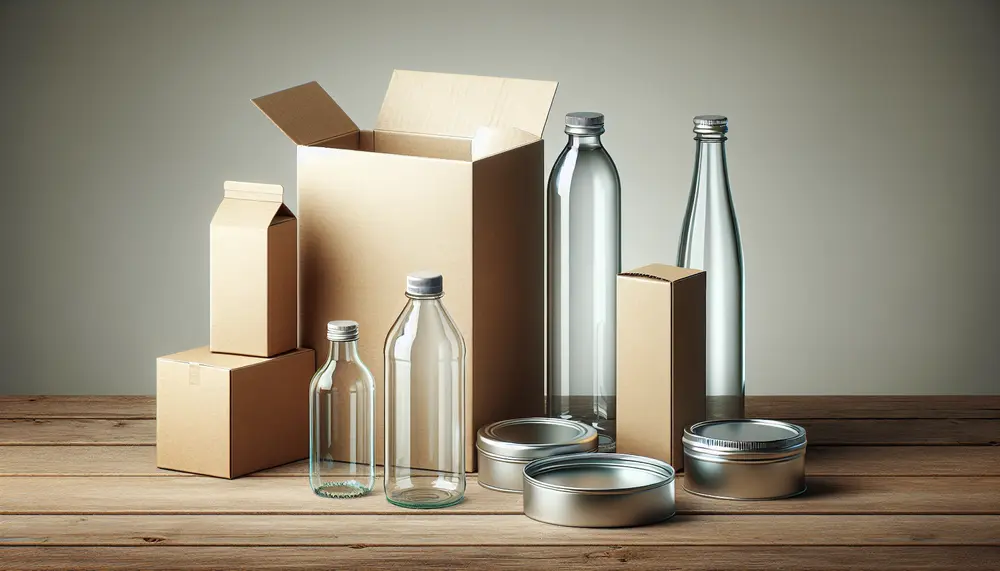
Packaging materials are crucial for product protection, branding, and environmental impact; choosing the right type depends on various factors including the product's nature and consumer trends. Paper-based options like corrugated cardboard and SBS paperboard offer sustainable choices with different balances...
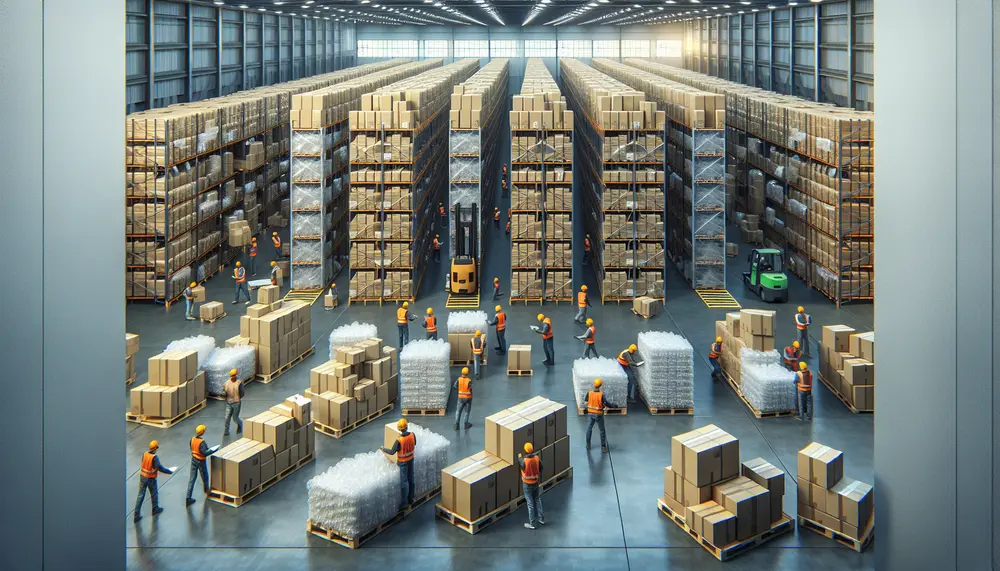
Protective packaging and materials handling are essential in logistics to ensure products reach their destination undamaged, optimizing efficiency and reducing costs. By implementing best practices such as choosing the right materials, using cushioning, securing packaging, clear labeling, testing packaging durability,...
